The battle to protect flowers often focuses on the vibrant petals or the sweet nectar that attracts pollinators, but there is an unsung hero in this struggle—the humble calyx. This often-overlooked part of the flower plays a critical role in safeguarding the delicate reproductive structures within. While petals dazzle and stamens steal the spotlight, the calyx works tirelessly behind the scenes, ensuring the flower’s survival from bud to bloom.
The Silent Guardian of the Bud
Before a flower unfurls its petals, it exists as a tightly wrapped bud, vulnerable to predators, harsh weather, and disease. The calyx, composed of leaf-like structures called sepals, forms a protective shield around this nascent bloom. These sepals are often green and tough, designed to withstand environmental stresses that could otherwise destroy the developing flower. In some species, the sepals are even armed with tiny spines or secrete bitter chemicals to deter hungry insects.
Researchers have observed that flowers with damaged or underdeveloped calyxes are far more likely to succumb to fungal infections or insect attacks. The calyx acts as a first line of defense, much like a castle’s outer wall. Without it, the delicate inner structures—the petals, stamens, and pistils—would be left exposed to the ravages of nature. This makes the calyx not just a passive covering, but an active participant in the flower’s survival strategy.
More Than Just a Shield
While protection is its primary role, the calyx is far from one-dimensional. In some flowers, the sepals take on additional responsibilities, such as photosynthesis. Though not as efficient as true leaves, the green sepals can produce sugars that nourish the growing bud. This dual role of protector and provider underscores the calyx’s versatility.
In certain species, the calyx undergoes dramatic transformations as the flower matures. For example, in the Hibiscus, the sepals remain vibrant and colorful long after the petals have fallen, effectively taking over the role of attracting pollinators. In others, like the Physalis (commonly known as the Chinese lantern), the calyx enlarges and becomes papery, encasing the fruit in a protective husk. These adaptations reveal the calyx’s ability to evolve and adapt to the needs of the plant.
A Neglected Focus in Conservation
Despite its importance, the calyx rarely receives attention in discussions about plant conservation. Most efforts focus on preserving showy flowers or economically valuable species, while the structural components that ensure their survival are ignored. This oversight could have unintended consequences. For instance, pesticides or herbicides that weaken the calyx’s defenses might leave entire populations of flowers vulnerable to pests, even if the petals remain untouched.
Botanists argue that a deeper understanding of the calyx could lead to more resilient crop varieties. By breeding plants with stronger or more chemically defended sepals, agriculturalists might reduce reliance on synthetic pesticides. Similarly, in wildflower conservation, prioritizing species with robust calyx structures could enhance ecosystem stability, as these plants are better equipped to survive environmental stressors.
The Calyx in Culture and History
Historically, the calyx has been more than just a biological structure—it has held symbolic meaning in various cultures. Ancient Greek herbalists referred to the calyx as the "guardian cup," believing it possessed medicinal properties. In traditional Chinese medicine, the sepals of certain flowers were dried and used in remedies for inflammation. Even today, the calyx of the Rosa canina (dog rose) is harvested to make vitamin C-rich syrups.
Artists, too, have occasionally paid homage to the calyx. Medieval illuminated manuscripts often depicted flowers with exaggeratedly prominent sepals, perhaps recognizing their role in the flower’s architecture. Modern botanical illustrators sometimes highlight the calyx to correct the common oversight, reminding viewers that beauty in nature is as much about function as it is about form.
Future Directions in Research
Recent advances in plant biology have begun to shed light on the genetic mechanisms that govern calyx development. Scientists have identified key genes responsible for sepal formation and are exploring how these genes interact with environmental factors. This research could pave the way for bioengineering plants with enhanced defensive capabilities, a crucial step in addressing food security challenges in an era of climate change.
Moreover, ecological studies are increasingly examining how the calyx contributes to a plant’s interactions with its environment. For example, some sepals produce ultraviolet patterns invisible to humans but detectable by pollinators, effectively acting as landing guides. Others may emit subtle scents that repel harmful insects while attracting beneficial ones. These findings suggest that the calyx is not just a passive shield but an active communicator in the complex dialogue between plants and their surroundings.
As science continues to uncover the hidden roles of the calyx, it becomes clear that this unassuming structure deserves far more recognition. From its ancient symbolism to its modern applications, the calyx is a testament to nature’s ingenuity—a reminder that even the most overlooked parts of life can hold extraordinary significance.
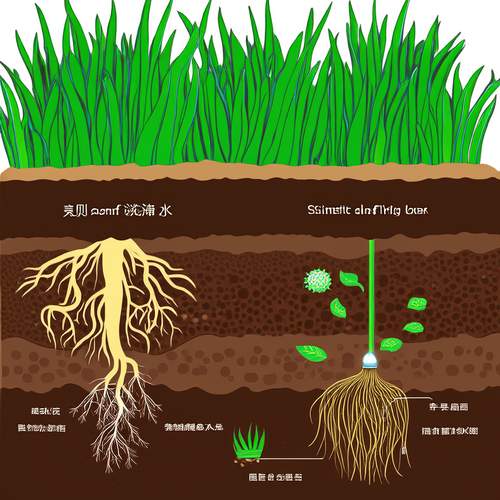
By /May 21, 2025
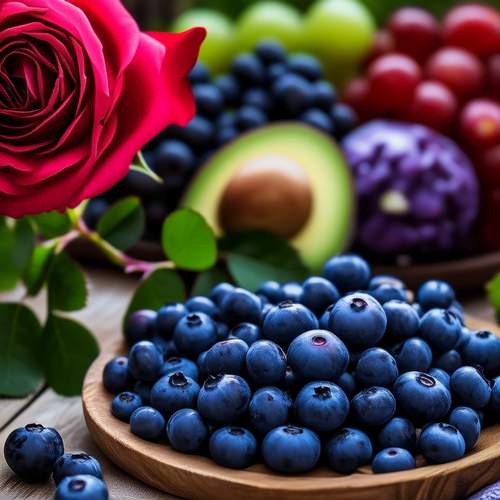
By /May 21, 2025
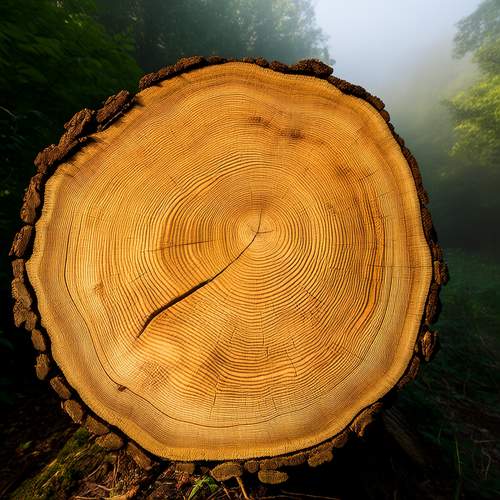
By /May 21, 2025
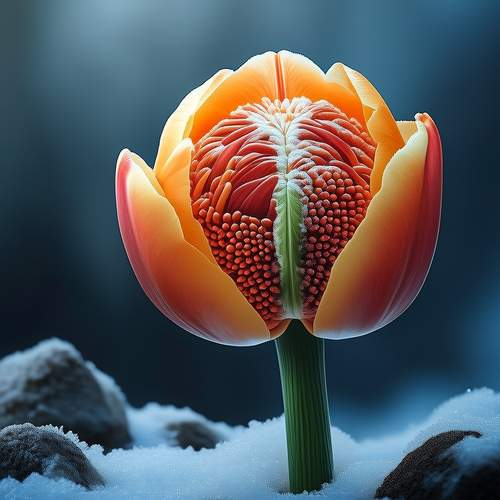
By /May 21, 2025

By /May 21, 2025
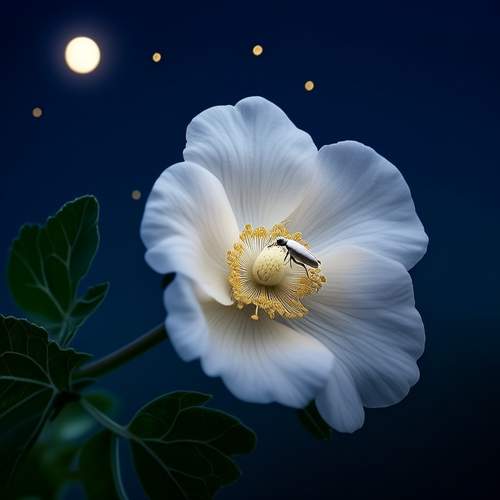
By /May 21, 2025
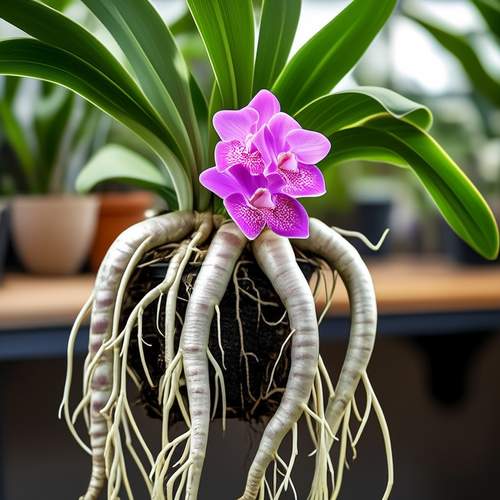
By /May 21, 2025
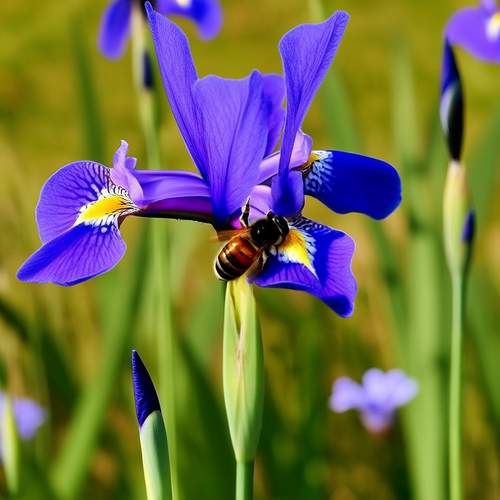
By /May 21, 2025
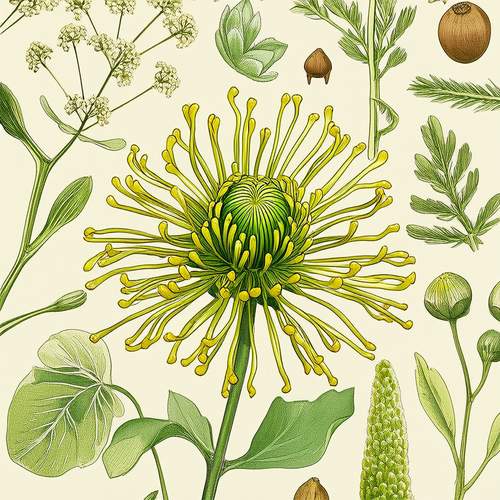
By /May 21, 2025

By /May 21, 2025

By /May 21, 2025
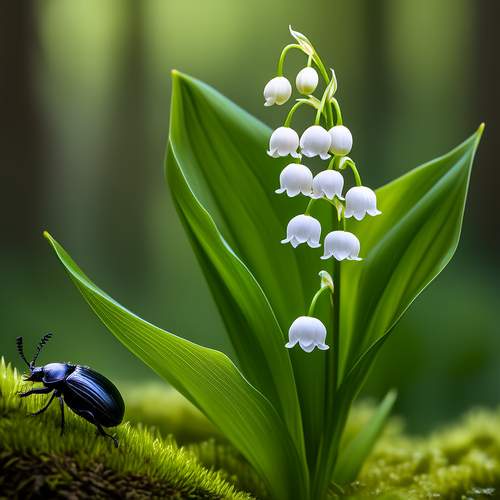
By /May 21, 2025
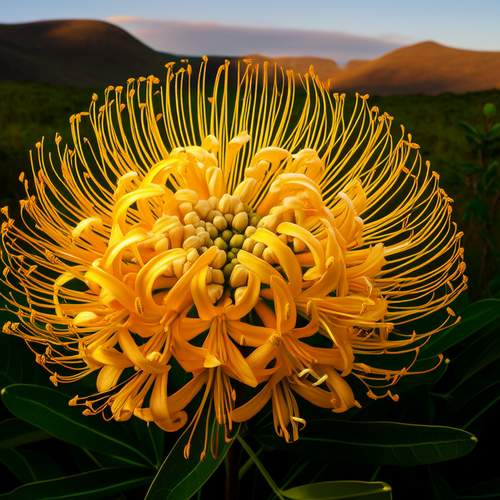
By /May 21, 2025

By /May 21, 2025

By /May 21, 2025

By /May 21, 2025

By /May 21, 2025

By /May 21, 2025

By /May 21, 2025
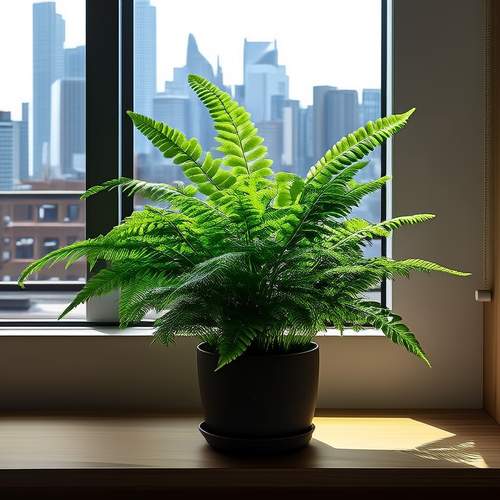
By /May 21, 2025